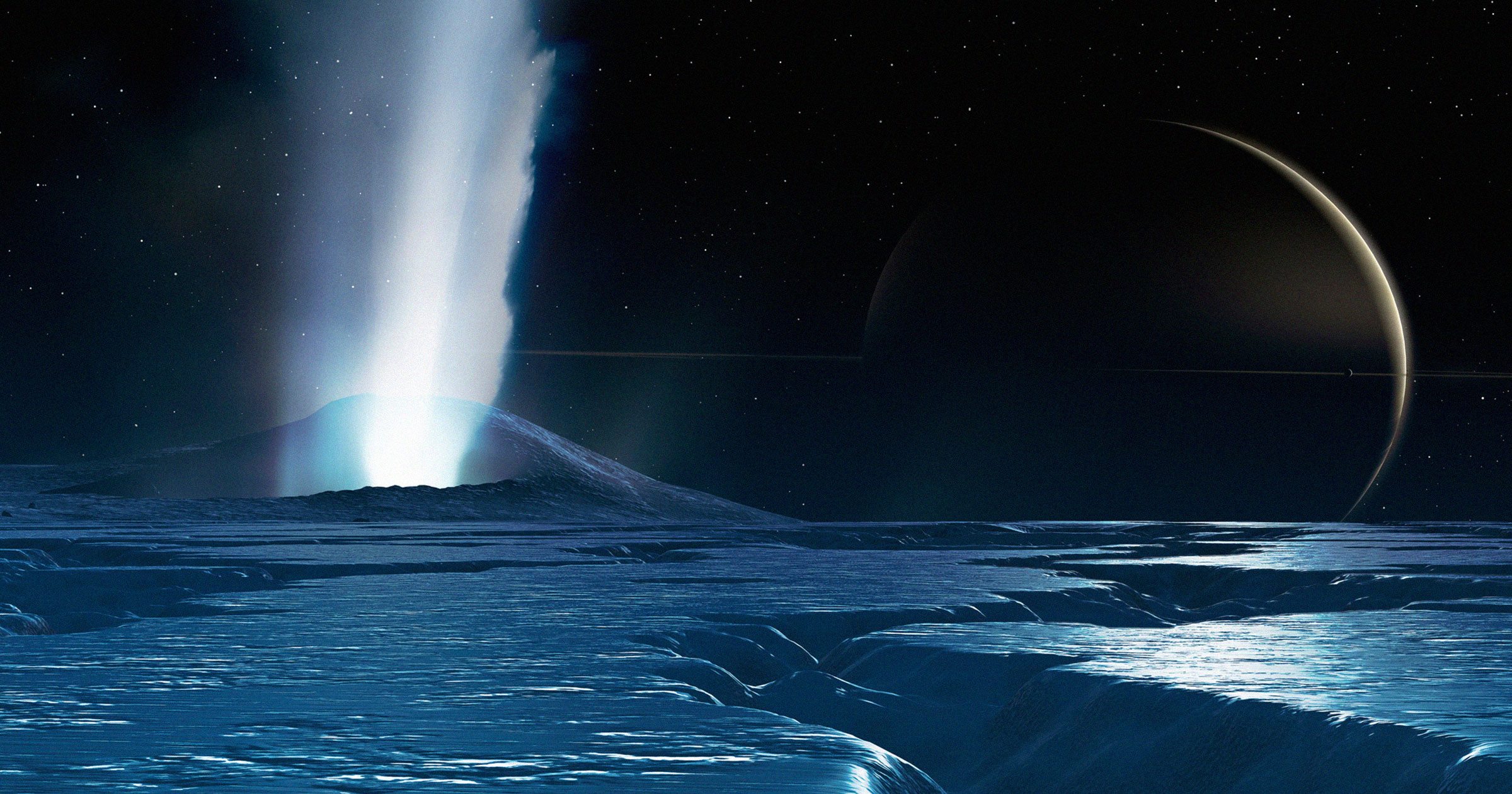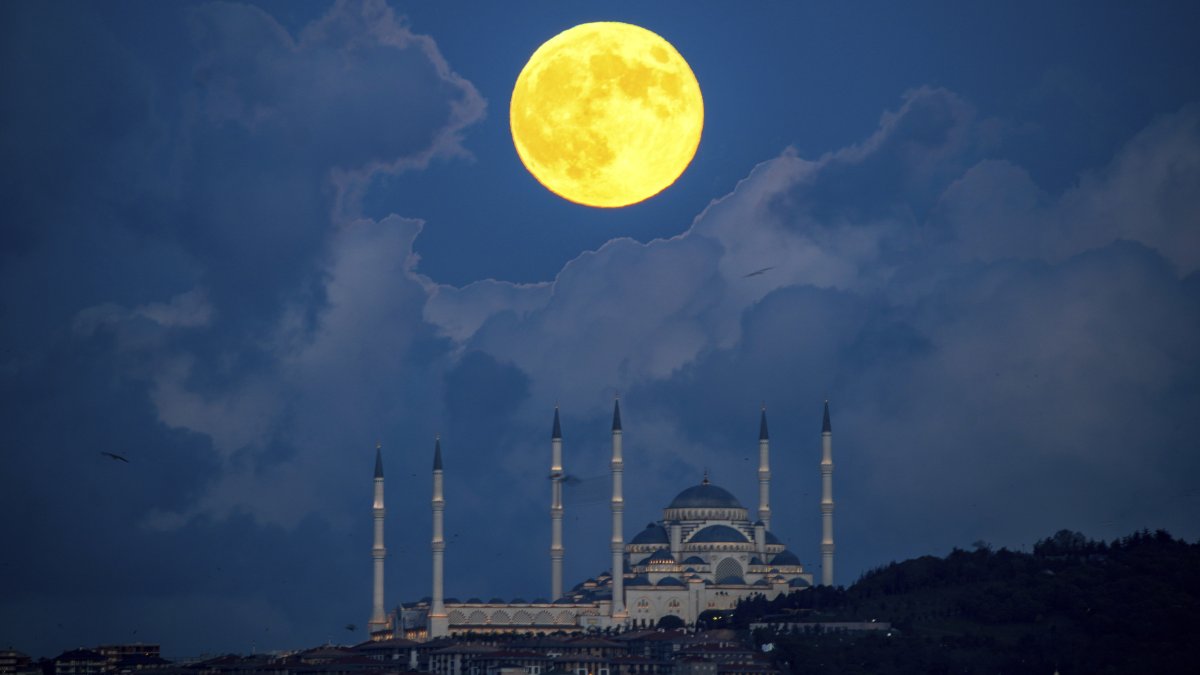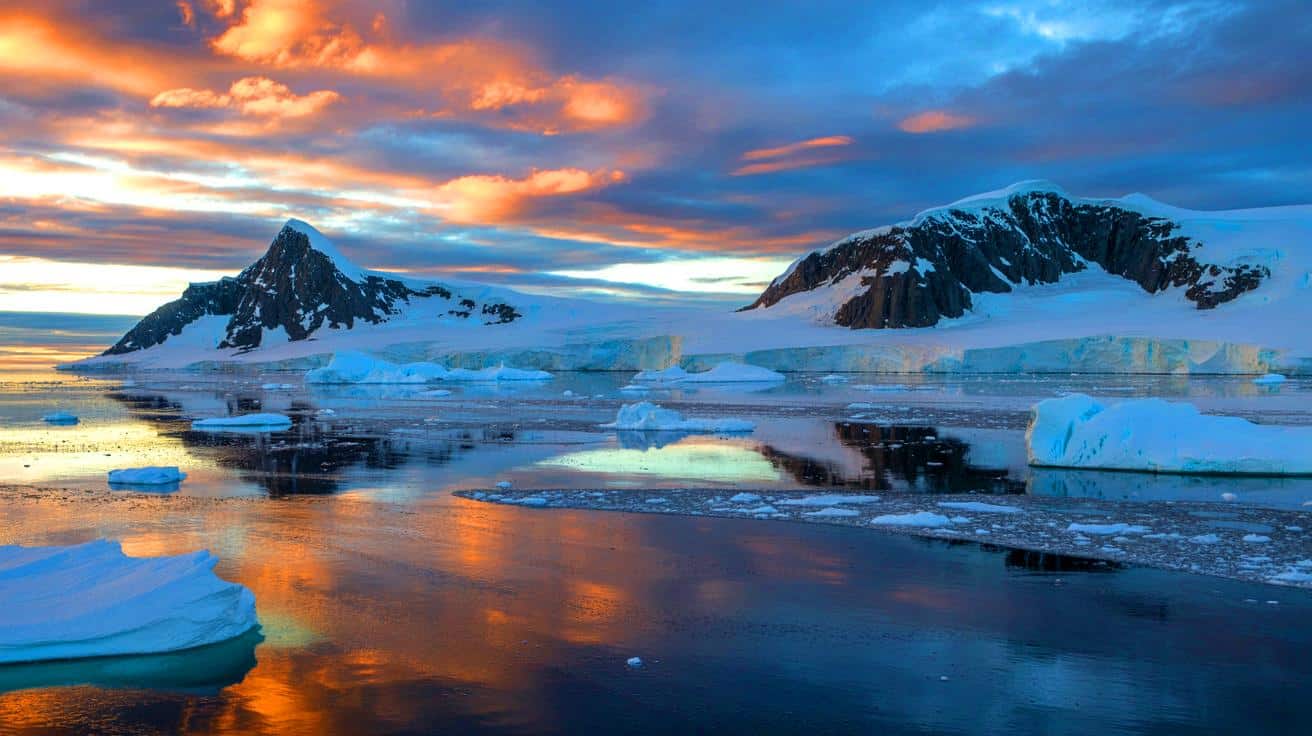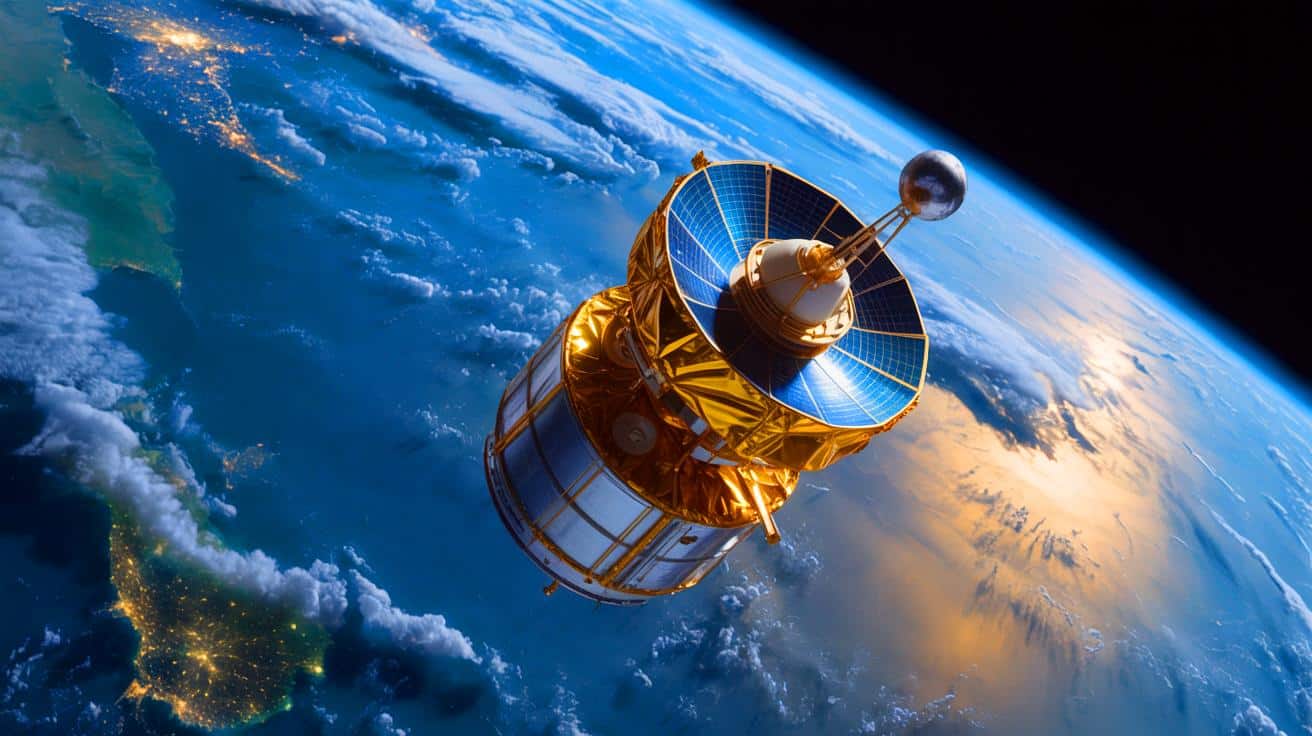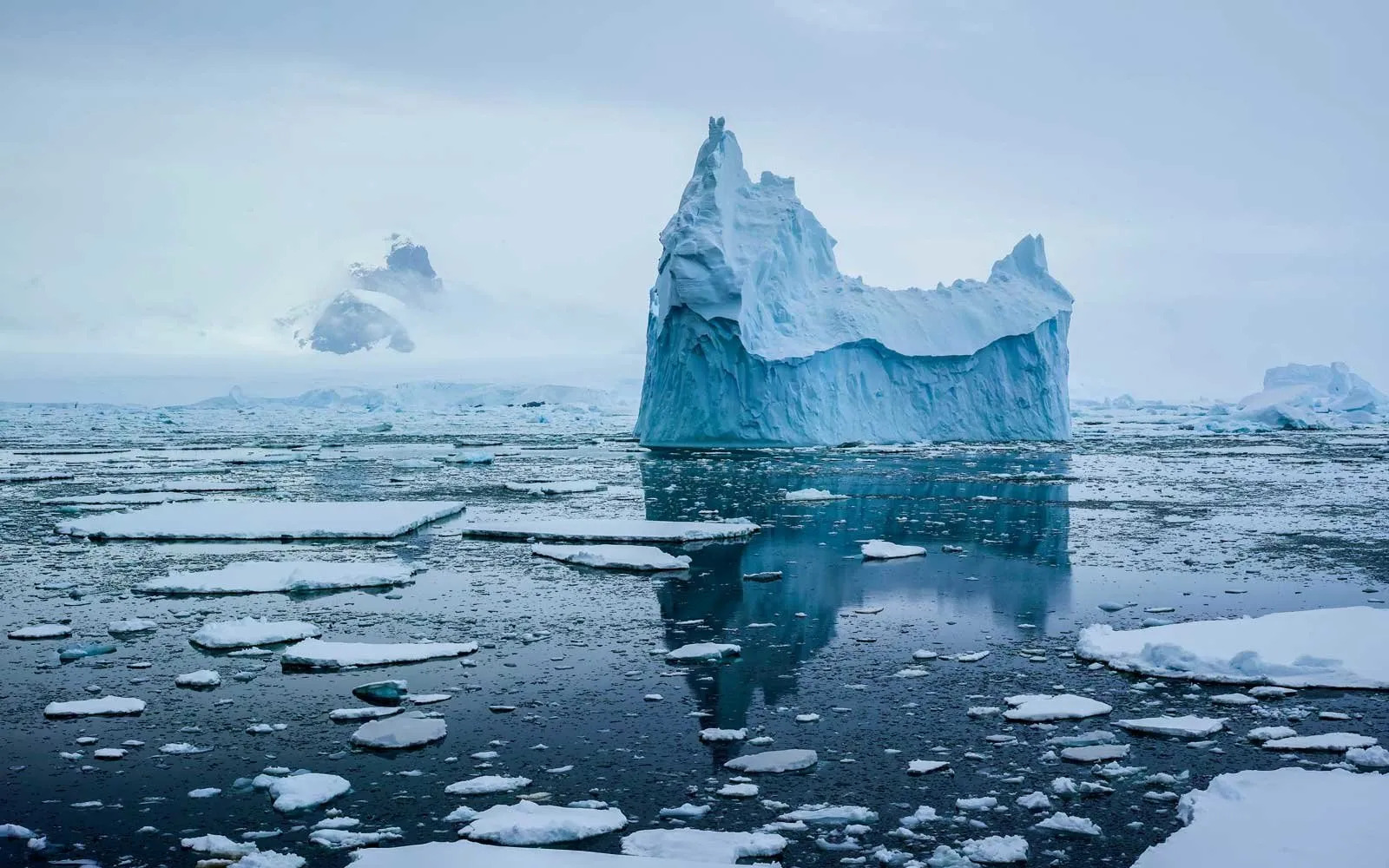Unbelievable Galactic Waves Discovered: What They Reveal About Our Milky Way!
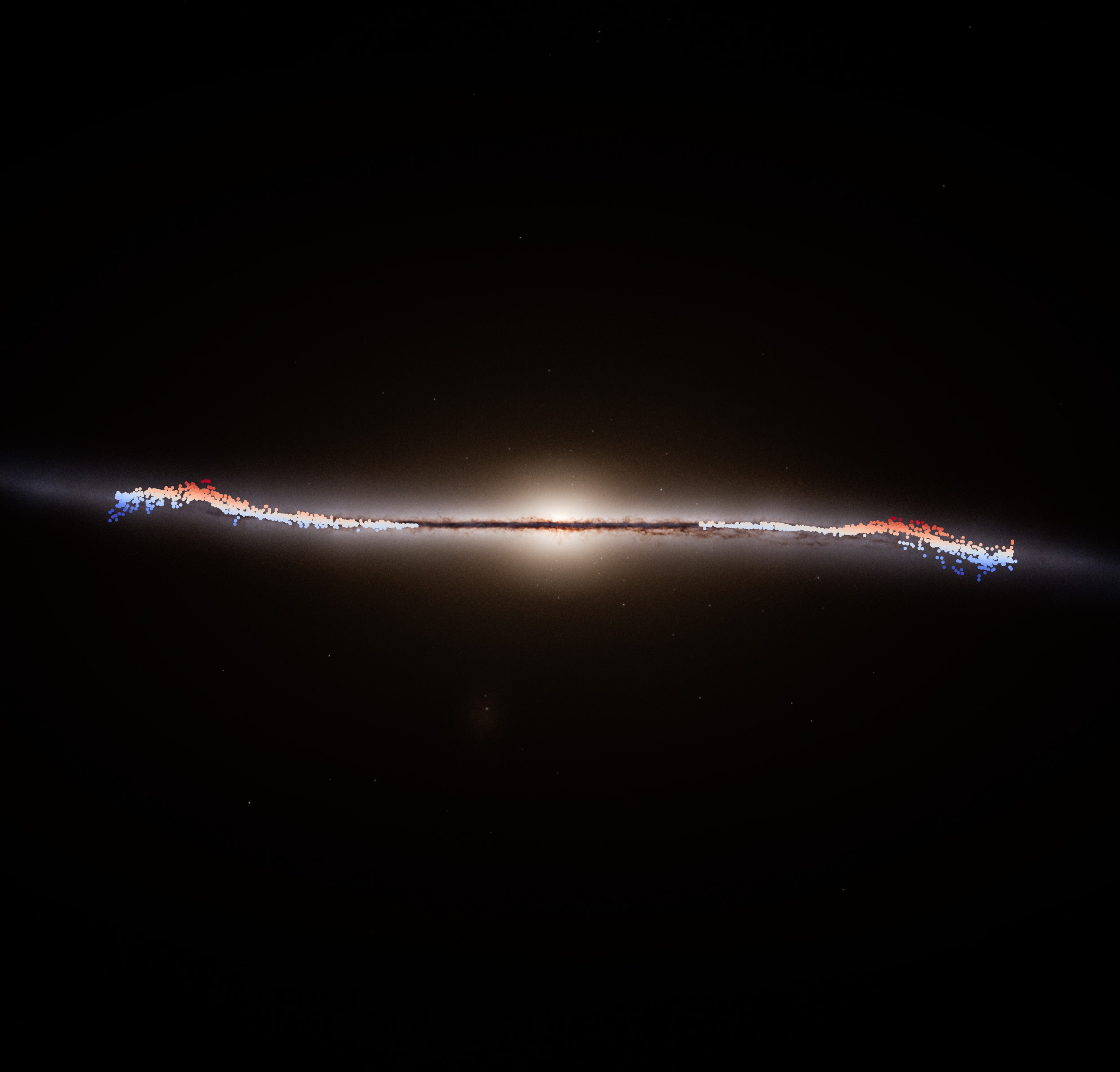
Imagine a wave so vast that it stretches across tens of thousands of light-years, rippling through the very fabric of our galaxy! This isn’t science fiction; astronomers have actually spotted this cosmic phenomenon in the Milky Way, and it’s shaking up our understanding of the universe.
This groundbreaking discovery comes from new analyses conducted by the European Space Agency’s Gaia space telescope, with a dedicated team led by Eloisa Poggio from Italy’s Istituto Nazionale di Astrofisica. Their work adds a riveting new layer to our galaxy’s already complex dance of rotation, warp, and wobble.
Gaia’s advanced technology allows scientists to map both the positions and movements of stars with unprecedented precision. For over a century, we’ve known that stars revolve around the Milky Way’s center. Since the 1950s, we’ve understood that the galaxy’s disc is warped, and in 2020, Gaia revealed that this disc also wobbles over time, much like a spinning top. Now, there’s a captivating twist: researchers have discovered a coherent wave pattern sweeping through the vertical positions and motions of stars across a large part of the outer disc, specifically between 30,000 and 65,000 light-years from the galactic center.
“What makes this even more compelling is our ability, thanks to Gaia, to also measure the motions of stars within the galactic disk,” Poggio explains. The visual spectacle of this wave structure in three-dimensional space is not just stunning; it's also scientifically rich. The team’s findings present a phase offset between the crest and trough of the wave and the stars' upward motions, which aligns perfectly with what we expect from a traveling wave.
To trace this cosmic ripple far from our solar system, the researchers relied on young giant stars and Cepheid variables—both bright and luminous beacons of the universe. These stars not only illuminate our path but also provide clues about the galaxy’s gas disk, which may be undulating alongside the stars. “If so, newly formed stars could preserve the ‘memory’ of the gas wave they were born in,” Poggio suggests.
Could this grand wave be a remnant of a past disturbance, perhaps from a collision with a dwarf galaxy? The Milky Way is no stranger to such events. Additionally, this newfound wave may correlate with the nearby Radcliffe Wave, a smaller filament of gas and young stars. However, researchers caution that the two waves could be completely unrelated, leaving much to explore.
Gaia isn’t finished; its next data release promises to refine the positions and motions of millions more stars. With improved maps and tighter constraints, scientists are poised to uncover when and how this cosmic ripple began. “Waves like this are fossils of past events,” emphasizes Johannes Sahlmann, ESA’s Gaia project scientist. Understanding these features can reveal the history of disturbances in the Milky Way's disk and how the galaxy pulls on itself, both visibly and through dark matter.
As the Milky Way continues its eternal dance, we can finally witness the choreography of cosmic waves and start investigating the forces behind these galactic ripples. Who knew the galaxy was throwing a cosmic party, and we were just starting to hear the music?










